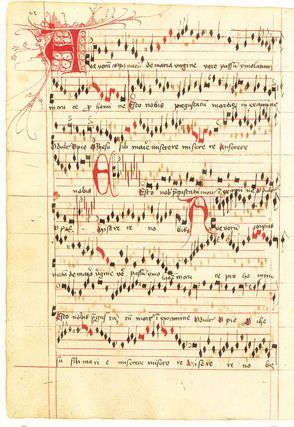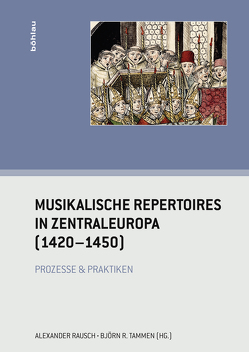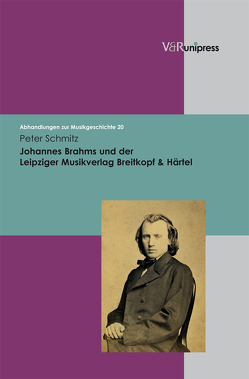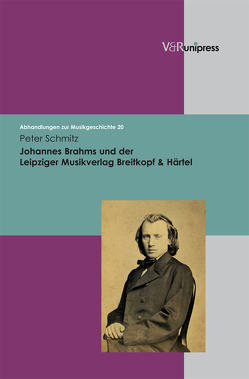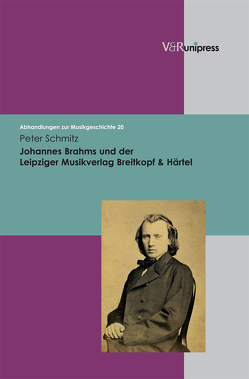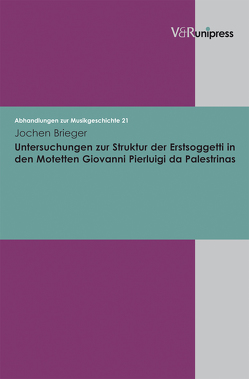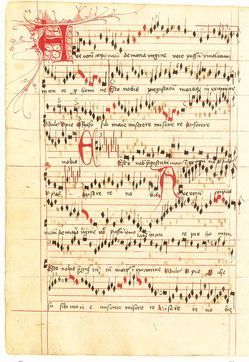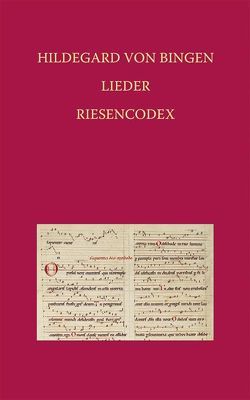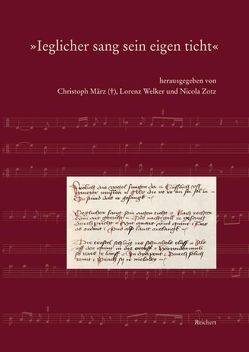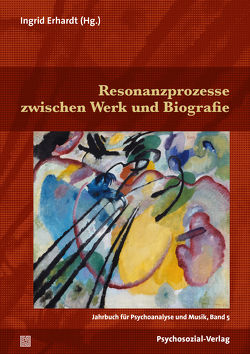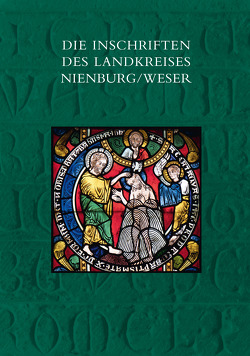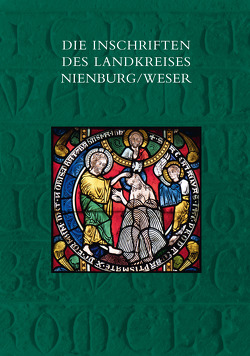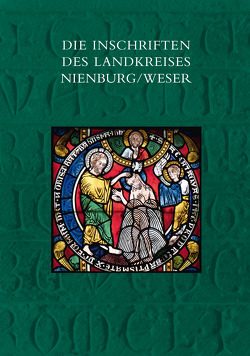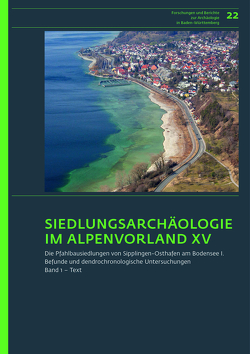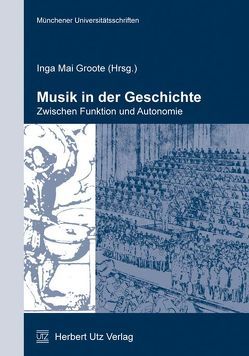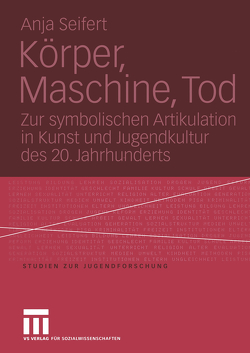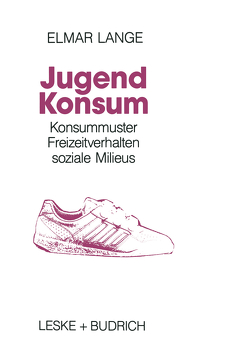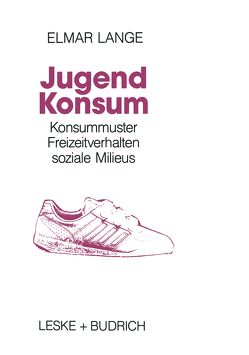Der Mensuralcodex St. Emmeram
Faksimile der Handschrift Clm 14274 der Bayerischen Staatsbibliothek München
Ian Rumbold, Martin Staehelin, Lorenz Welker, Peter A. Wright
The ‘St Emmeram Codex’ (Munich, Bayerische Staatsbibliothek, Clm 14274) is one of the most important witnesses to the cultivation of international polyphonic music in Central Europe to have survived from the late Middle Ages. Among the oldest collections of polyphony from the German-speaking area, it demonstrates the widespread acceptance of progressive international styles in a part of Europe that has sometimes been characterised as a cultural backwater. The manuscript includes a substantial portion of the works of Guillaume Du Fay, who epitomises Western European style at the transition between the Middle Ages and the Renaissance better than any other composer. Binchois is also well represented, as are English composers of the period, including Benet, Dunstaple and Power. A number of local composers, many completely unknown from other sources, are also found in this manuscript, such as Hermann Edlerawer and Urbanus Kungsperger. Other works can be shown to have been composed in Central Europe, or to have reached Clm 14274 via a Central European tradition.Clm 14274 is a folio paper manuscript of 13 gatherings plus a contemporary index. Its 158 folios contain 255 discrete musical items, nearly all of which are polyphonic. Apart from a few items that appear to have been copied in the early 1430s, it was assembled between about 1439 and about 1444. Of three distinguishable scribal layers, the first two were copied mostly by the original owner of the manuscript, Hermann Pötzlinger, with a number of assistants, the first layer in full notation, the second in void. Pötzlinger also compiled the original index, after which the third and final layer was added by a different hand, apparently that of a professional music scribe. Pötzlinger came from Bayreuth, studied at the University of Vienna from 1436 until at least 1439, and was schoolmaster at the Benedictine monastery of St Emmeram in Regensburg in and around 1450. At his death in 1469 he bequeathed his whole scholarly library of about 100 manuscripts to the monastery; in 1811 the monastery library was transferred to what is now the Bayerische Staatsbibliothek. 92 of Pötzlinger’s manuscripts, including 56 that were at least partly copied by him, can still be identified there.This fine colour facsimile, using the highest-standard digital techniques available, is accompanied by an introduction by Professor Martin Staehelin of the University of Göttingen and a scholarly commentary by Ian Rumbold with Peter Wright, both of the University of Nottingham, that provides a detailed codicological description of the manuscript and an analysis of its contents, together with a new inventory of the source. The introduction and commentary are being published in German and English.
